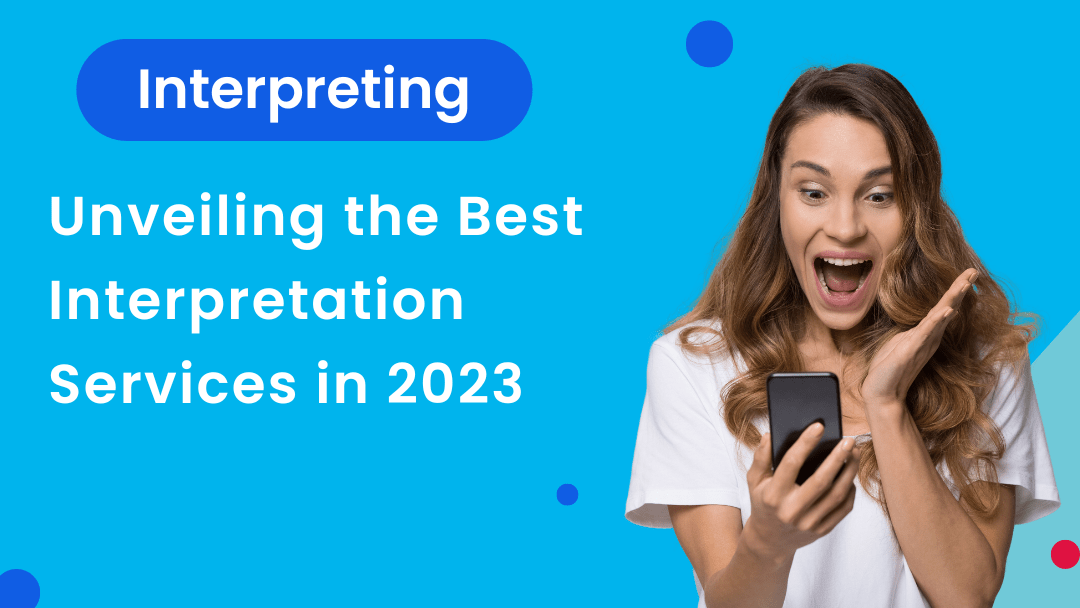Whenever the subject of medical interpreting is brought up to someone outside of the translation industry, say an imaginary individual whom in this case we’ll refer to as a “lay person”, they almost inevitably see it as easy, self-explanatory. They figure, Okay, an interpreter who relays information from a non-English-speaking patient to a doctor, and vice-versa. Simple.
Medical interpreting is a lot of things. Simple isn’t one of them.
For starters, the absence of a medical interpreter in a healthcare crisis can (and has) carry dire, life-altering consequences. Remember: in a medical emergency, the situation is never not critical. The wrong diagnosis can quickly lead to a patient receiving at best, inadequate treatment, and at worst…use your imagination. If an admitting nurse or an ER doctor fails to understand exactly what is going on with a patient, the result can be deadly.
In the case of Willie Ramirez, he was lucky. He became a quadropalegic.
In 1980, a then-18-year-old Ramirez was rushed to a South Florida hospital unresponsive. He was alive, still breathing, his heart was still ticking. But he had fallen into a coma. Ramirez spoke English; his parents, who arrived at the hospital shortly after he, did not. The attending physician who examined Ramirez was confused. He saw no trauma. He was merely presented with a catatonic teen.
What happened next changed all of their lives.
Ramirez’s mother, Concha, Cuban by birth and without the ability to communicate in English, allegedly told the doctor that her son was “intoxicado”. The doctor, who hardly understood a lick of Spanish, took that to mean Ramirez must have overdosed on drugs or was suffering from alcohol poisoning. Except: that isn’t what “intoxicado” means. To Ramirez’s mother, it simply was a way to describe an illness that might stem from an allergy or indigestion, or a flu, general malaise…basically anything other than being under the influence of drugs and/or alcohol. In fact, Concha Ramirez insisted later that she had intimated to the doctor neither drugs or alcohol were a factor in her son’s condition. Unfortunately, her message either failed to get across or was not comprehended appropriately.
The doctor treated Ramirez as an overdose. In reality, the 18-year-old had endured an intracerebellar hemorrhage. Ramirez bled from his brain for two days whilst unconscious in the ICUl. When he awoke, he knew nothing of what had transpired. All he knew was that his arms and legs were no longer movable.
You might presume that tragic cases like Ramirez’s unfold at a much lower frequency in hospitals and doctor’s offices around the country. And to a degree, this is true, as many healthcare facilities do employ bilingual personnel in hopes of avoiding errant miscommunication among patients and providers. But it still happens. The scale has changed, improvements have been made, and thanks to technology, patients have an easier time of penetrating language barriers. Yet despite any and all advancements associated with the increasing commonality of bi or multi-lingual healthcare staffers and translation apps on smartphones, non-English-speaking patients continue to be misdiagnosed.
That is because the value of medical interpreting is severely understated. A medical interpreter, contrary to pervasive misconceptions, is not a person who speaks more than one language and just so happens to be employed as an interpreter in the field of medicine. Rather, a medical interpreter is a highly-educated linguistic professional whose expertise and focus is placed solely on ensuring that proper treatment for patients is always availed.
Currently, two sanctioning organizations grant medical interpreting credentials — the NBCMI (National Board for Medical Interpreters) and the CCHI (Certification Commission for Healthcare Interpreters). The majority of linguists who seek these certifications enter into the process after having majored in a foreign language during their undergraduate schooling. Others may embark on the medical interpreting journey already demonstrating fluency in more than one language, but are still required to pass two levels of certification — one for fluency, along with either (or both) of the aforementioned medical interpreting credentials.
What do medical interpreters study? In short, everything. In order to become certified, a more-than baseline knowledge of each system of the body is required in concert with a firm grasp of medical terminology. They also abide by the Code of Ethics handed down from the International Medical Interpreters Association (IMIA).
If you would like to venture out into this ever-growing field, you won’t have to worry about monotony. A medical interpreter, depending on location, is on the move a lot. They go where they are needed. One day, that might be in a GP’s office; a few hours later, they could pop up at a brick-and-mortar clinic; the next day, they might be in the delivery room, and after that, the ER. It is constantly a fluid situation, and they never know exactly what to expect.
But if there is one item you need to take away from medical interpreting, it’s that it is a necessary and immeasurably important service. Doctors and other healthcare personnel who may boast of knowing “a little Spanish”, for example, are most certainly not qualified to interpret what a Spanish-speaking patient is trying to say. And, unbelievably, that is still a problem in some places. False comprehension and an overestimation of one’s lingual versatility might come off as silly or cute in the confines of a home or office breakroom. But when someone’s life is on the line, it is no laughing matter.
For more information about medical interpreting, please visit our website here.
Timothy Hands – Writer at The Language Doctors


